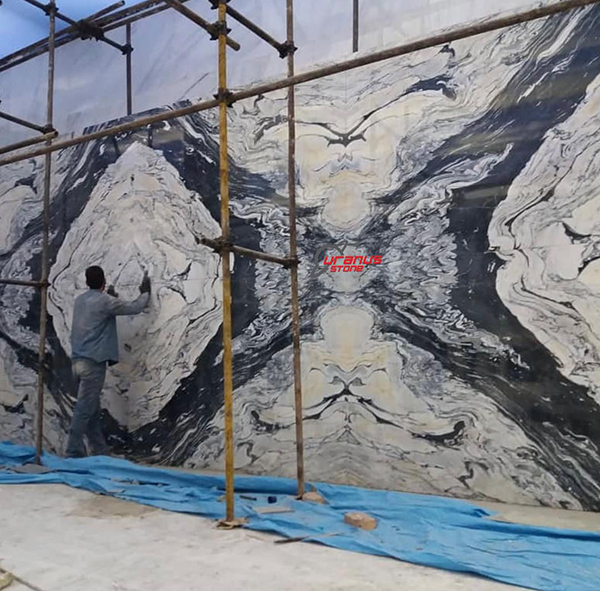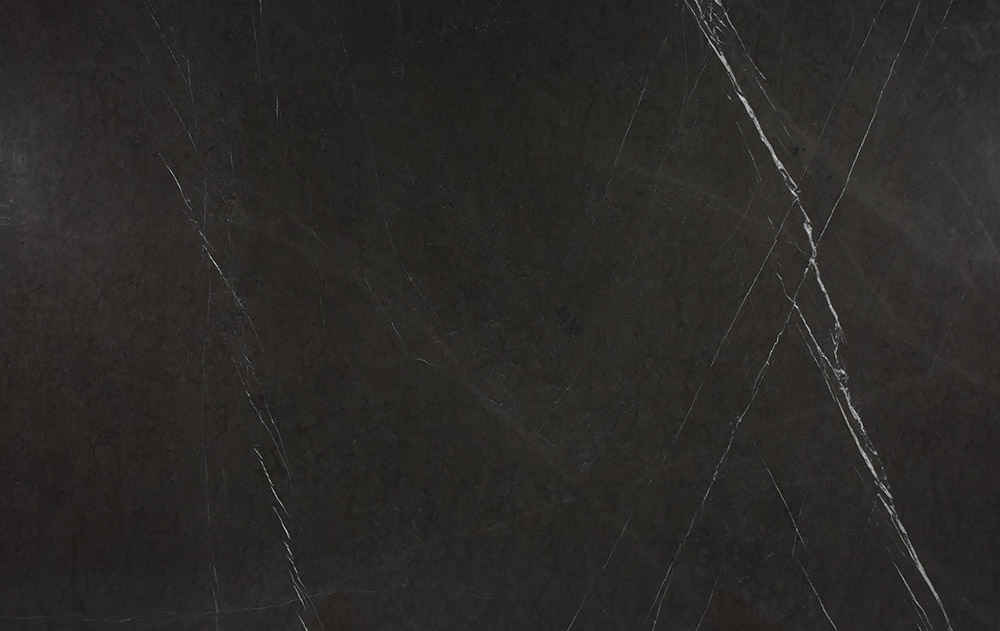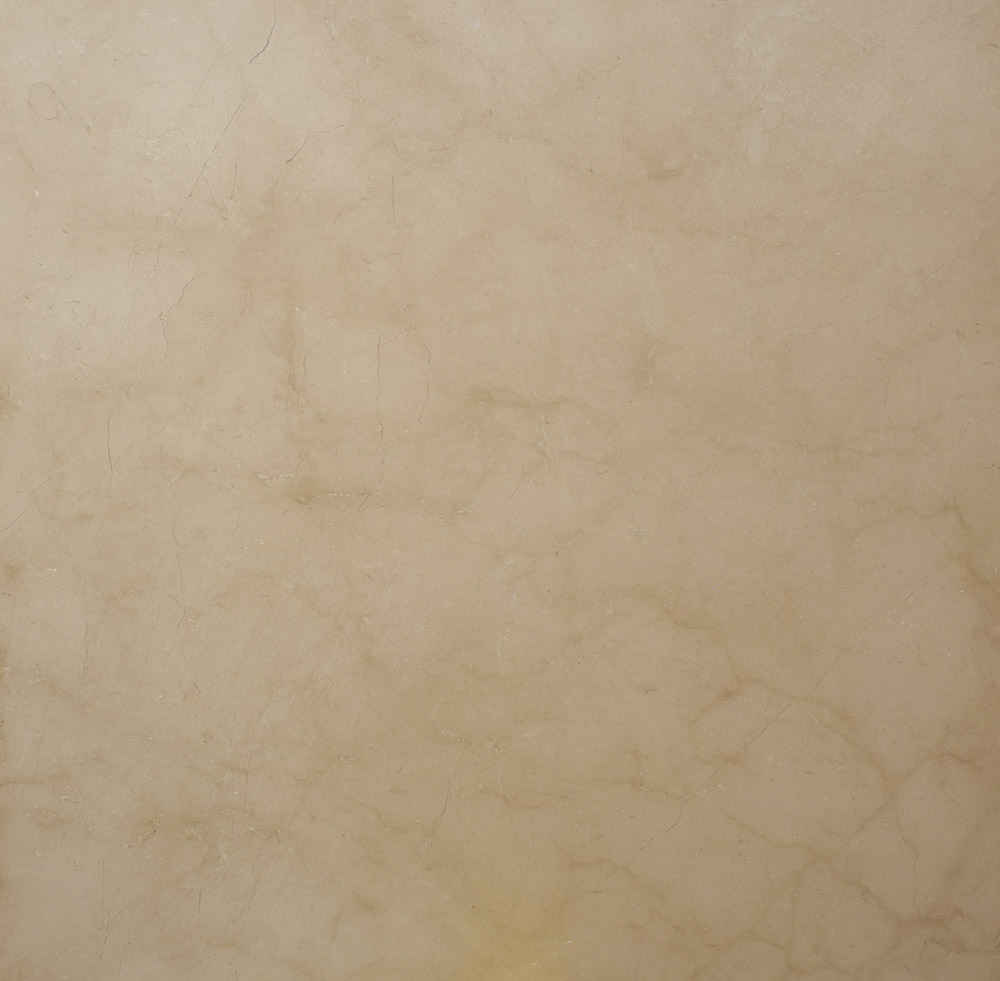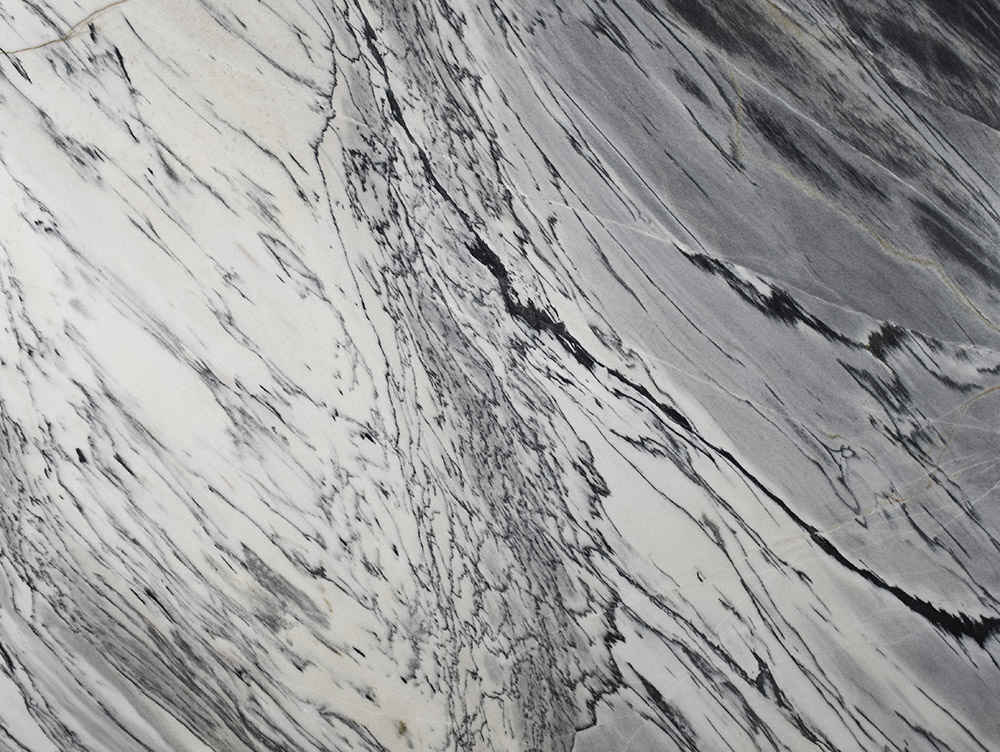This stone is also known as crystal stone and it is used in most parts of the building from wet to dry places due to its strength and durability. The most common use of porcelain stoneware is related to the facade of the building. This stone has a high resistance to water penetration, so it is used in centers and sanitary services that need cleanliness. In addition, it can be used to make blocks of street tables.
Crystal stone color
The color of pure crystal stone is white and crystalline, but it is also found in other colors such as light to dark gray, green, pink, red, yellow and cream. The main reason for this coloring is the presence of different minerals in the stone. The presence of carbon in these stones makes their color dark and light gray, and chlorite and various silicates lead to the creation of green spectrums in them.
In addition, limonite has a yellow and creamy color and manganese carbonate or hematite also give the stone a red or pink color. Basically, in hot areas, light porcelain stone is used for building facades, because this stone prevents heat absorption and keeps the building cool.
Benefits of crystal stone
Crystal stone has a high resistance against surface and deep weathering, so it can be used in the facade of the building with ease. Due to its light color, this stone absorbs a small amount of heat, hence It is considered a cool stone. Crystal stone, as its name suggests, has crystalline particles and allows light to pass through.
This type of stone is resistant to water penetration due to its very low porosity, and even if it is exposed to water for a long time. Gird is not damaged. The compressive resistance, strength and longevity of this stone is high and it does not crack against impact. The diverse and beautiful color spectrum of this product completes the design of construction projects.
This stone can be carved and various patterns can be made on it.




